- Get link
- X
- Other Apps
iPhone X
The iPhone X is Apple's upcoming flagship iPhone. Pre-orders Oct. 27, launch Nov. 3.
FEATURES
- 5.8" OLED display
- Faster A11 Bionic processor
- Glass body
- Edge-to-edge display
- Facial Recognition
- No Home button
- Wireless inductive charging
- Animoji
Apple's New Flagship - iPhone XThe iPhone X, pronounced "iPhone 10," was introduced at Apple's September 2017 event as a classic "One more thing..." addition to the iPhone 8 and 8 Plus product lineup. According to Apple, the iPhone X represents the biggest technological leap forward since the original iPhone was introduced 10 years ago, and it sets the path for the next decade of iPhone development.
Apple's aim with the iPhone X was to create an iPhone that's all display, blurring the line between physical object and experience. The 5.8-inch front screen melts into a highly polished curved-edge stainless steel band that encircles a durable all-glass body available in two pearlescent finishes: Space Gray and Silver. Both feature a black front panel.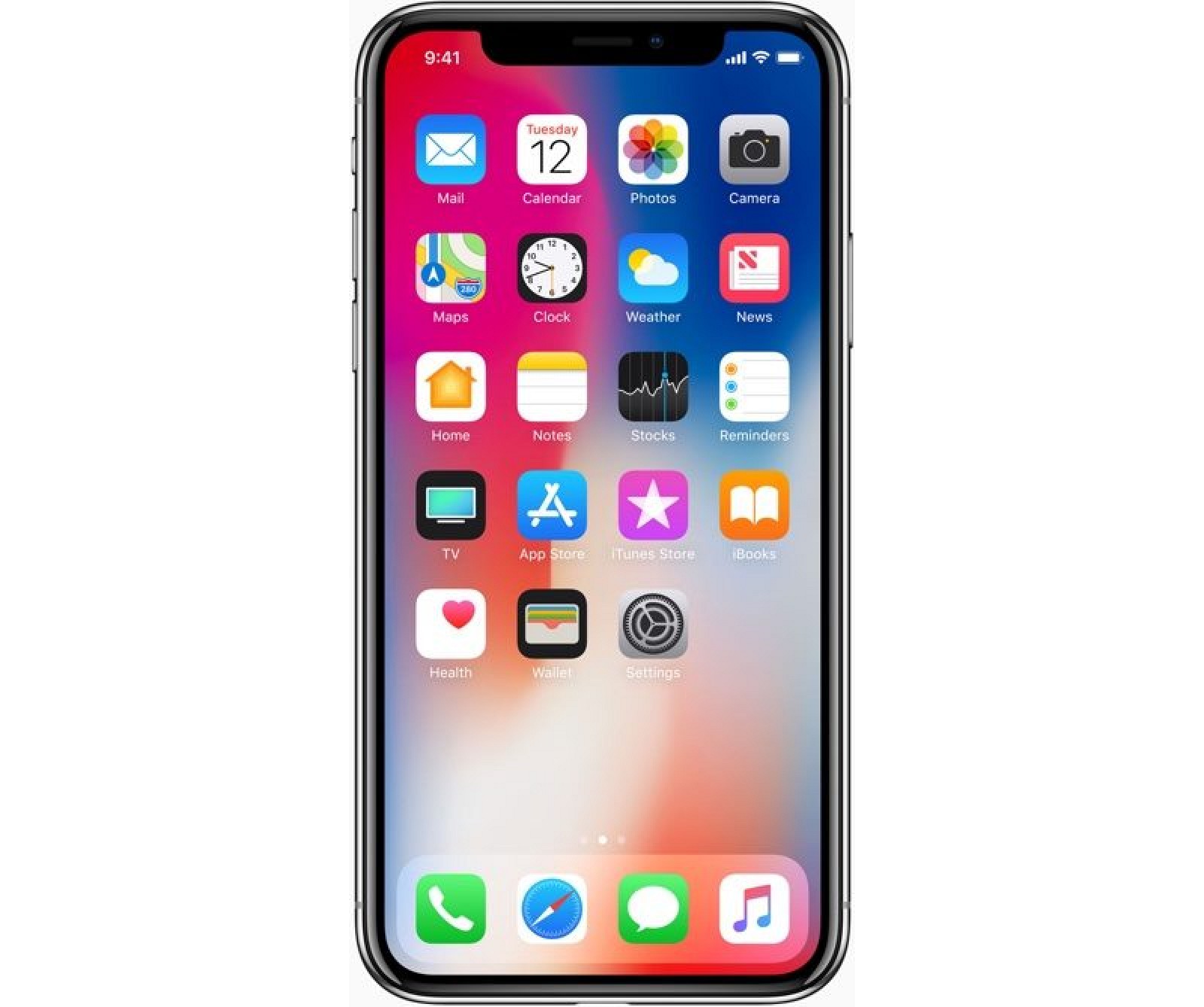 The edge-to-edge top-to-bottom Super Retina display adopts OLED technology for true-to-life colors, deep blacks, and a million-to-one contrast ratio. It features a 2436 x 1125 resolution and 458 pixels per inch, the highest resolution and pixel density ever introduced in an iPhone. It supports HDR, wide color, 3D Touch, and True Tone for adjusting the white balance of the display to match the ambient lighting.At 5.8 inches diagonally, the iPhone X has the largest display introduced in an iPhone yet, but with no bezels aside from a notch housing the camera and sensors, it fits comfortably in the hand. At 143.6mm tall by 70.9mm wide by 7.7mm deep, it's not much bigger than an iPhone 8, and it's smaller than an iPhone 8 Plus.The glass body of the device is IP67 water and dust resistant and it enables support for inductive wireless charging for the first time. The iPhone X adopts the Qi wireless standard and can charge through the glass back using any Qi-certified charging accessory. Apple is making an "AirPower" accessory to charge iPhone X, Apple Watch Series 3, and AirPods simultaneously, but it won't be out until 2018.With an edge-to-edge design, there is no room for a Home button, so the iPhone X adopts a new user experience. A swipe up at the bottom of the screen brings up the Home screen, while a swipe and a hold brings up App Switcher. There's a Tap to Wake feature for looking at notifications, the side button can be pressed and held to activate Siri, and the Control Center is accessed by swiping downwards from the top status bar.
The edge-to-edge top-to-bottom Super Retina display adopts OLED technology for true-to-life colors, deep blacks, and a million-to-one contrast ratio. It features a 2436 x 1125 resolution and 458 pixels per inch, the highest resolution and pixel density ever introduced in an iPhone. It supports HDR, wide color, 3D Touch, and True Tone for adjusting the white balance of the display to match the ambient lighting.At 5.8 inches diagonally, the iPhone X has the largest display introduced in an iPhone yet, but with no bezels aside from a notch housing the camera and sensors, it fits comfortably in the hand. At 143.6mm tall by 70.9mm wide by 7.7mm deep, it's not much bigger than an iPhone 8, and it's smaller than an iPhone 8 Plus.The glass body of the device is IP67 water and dust resistant and it enables support for inductive wireless charging for the first time. The iPhone X adopts the Qi wireless standard and can charge through the glass back using any Qi-certified charging accessory. Apple is making an "AirPower" accessory to charge iPhone X, Apple Watch Series 3, and AirPods simultaneously, but it won't be out until 2018.With an edge-to-edge design, there is no room for a Home button, so the iPhone X adopts a new user experience. A swipe up at the bottom of the screen brings up the Home screen, while a swipe and a hold brings up App Switcher. There's a Tap to Wake feature for looking at notifications, the side button can be pressed and held to activate Siri, and the Control Center is accessed by swiping downwards from the top status bar. No Home button also means no Touch ID, so unlocking the device is done with a new Face ID facial recognition system. Face ID uses the TrueDepth front-facing camera system to create a 3D map of your face that's used much like a fingerprint for unlocking the iPhone, authenticating Apple Pay purchases, making App Store purchases, and accessing passcode protected apps.Face ID uses infrared camera technology so it works in the dark. It also uses machine learning and detects your face with hats, glasses, beards, and other objects that obscure your face. Because it uses a 3D map of the face, Face ID cannot be fooled by photos, masks, or other facial replicas. As an added layer of security, Face ID is "attention aware" and unlocks your iPhone only when you're looking at it.Face ID is powered by a state of the art dual-core neural engine built into the new A11 Bionic chip, data stored in the Secure Enclaveand all processing done on-device. The A11 chip includes a total of six cores, with two performance cores and four high-efficiency cores, including the neural engine.
No Home button also means no Touch ID, so unlocking the device is done with a new Face ID facial recognition system. Face ID uses the TrueDepth front-facing camera system to create a 3D map of your face that's used much like a fingerprint for unlocking the iPhone, authenticating Apple Pay purchases, making App Store purchases, and accessing passcode protected apps.Face ID uses infrared camera technology so it works in the dark. It also uses machine learning and detects your face with hats, glasses, beards, and other objects that obscure your face. Because it uses a 3D map of the face, Face ID cannot be fooled by photos, masks, or other facial replicas. As an added layer of security, Face ID is "attention aware" and unlocks your iPhone only when you're looking at it.Face ID is powered by a state of the art dual-core neural engine built into the new A11 Bionic chip, data stored in the Secure Enclaveand all processing done on-device. The A11 chip includes a total of six cores, with two performance cores and four high-efficiency cores, including the neural engine.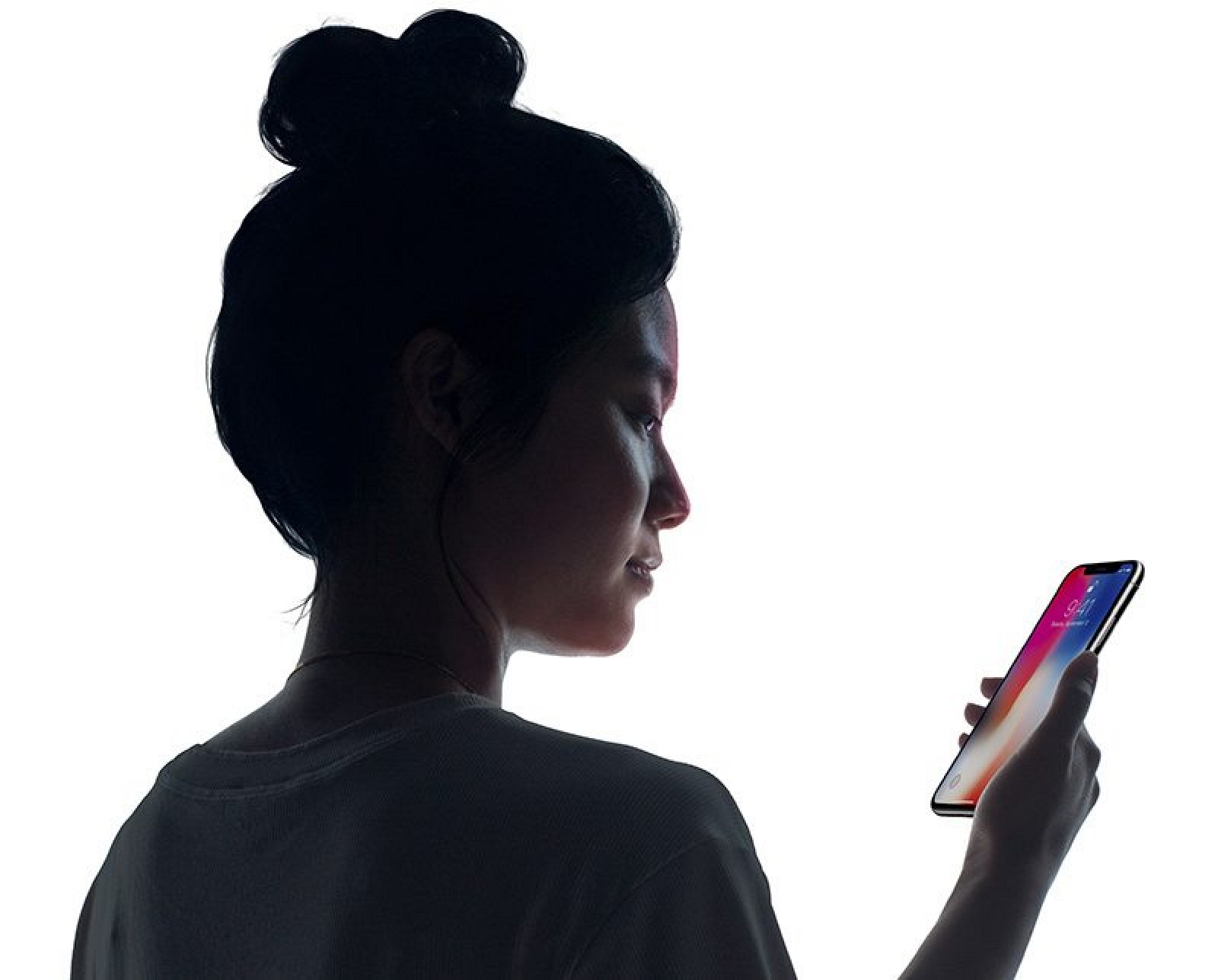 The performance cores are 25 percent faster than the A10, while the high-efficiency cores are 70 percent faster. An upgraded GPU is 30 percent faster, and there's 3GB of RAM in the device.With a second-generation Apple-designed performance controller, all six cores in the A11 chip can be accessed at the same time, resulting in much improved performance, especially when it comes to multi-threaded workloads. The A11 also features a faster GPU, an Apple-designed image signal processor and video encoder, an A11 motion coprocessor, and the Secure Enclave for Face ID.With efficiency improvements enabled by the A11 Bionic chip, the iPhone X offers two hours more battery life than the iPhone 7, but the battery falls short of the battery in the iPhone 7 Plus.The same 7-megapixel TrueDepth camera that powers Face ID enables a new feature called Animoji. Animoji are 3D emoji able to mimic your facial expressions. The TrueDepth camera tracks more than 50 facial muscle movements and translates that to the Animoji, which can be used in the Messages app.
The performance cores are 25 percent faster than the A10, while the high-efficiency cores are 70 percent faster. An upgraded GPU is 30 percent faster, and there's 3GB of RAM in the device.With a second-generation Apple-designed performance controller, all six cores in the A11 chip can be accessed at the same time, resulting in much improved performance, especially when it comes to multi-threaded workloads. The A11 also features a faster GPU, an Apple-designed image signal processor and video encoder, an A11 motion coprocessor, and the Secure Enclave for Face ID.With efficiency improvements enabled by the A11 Bionic chip, the iPhone X offers two hours more battery life than the iPhone 7, but the battery falls short of the battery in the iPhone 7 Plus.The same 7-megapixel TrueDepth camera that powers Face ID enables a new feature called Animoji. Animoji are 3D emoji able to mimic your facial expressions. The TrueDepth camera tracks more than 50 facial muscle movements and translates that to the Animoji, which can be used in the Messages app. Apple's TrueDepth camera also introduces Portrait Mode for the front-facing camera and enables Portrait Lighting, a new feature for adjusting the lighting in a portrait image taken by the front or rear camera.In the back, the iPhone X features a vertical 12-megapixel dual-lens camera arrangement with an f1.8 wide angle lens and an f/2.4 aperture telephoto lens. Both lenses support optical image stabilization and have improvements like a new color filter, deeper pixels, better low light zoom, and improved video stabilization. Between the cameras, there's a new quad-LED True Tone flash.With the individually calibrated cameras, a new accelerometer and gyroscope, tuning for ARKit, and the powerful A11 chip, the iPhone X has been designed for a better augmented reality experience. Developers can take advantage of both the rear camera and the TrueDepth camera to create unique AR apps with unparalleled face tracking capabilities.iPhone X is available with either 64 or 256GB of storage. The 64GB model is priced at $999, while the 256GB model is priced at $1,199. Apple plans to begin accepting pre-orders for the device on Friday, October 27 ahead of an official November 3 launch date.The iPhone X is Apple's new high-end flagship device, but it is being sold alongside two other new devices, the iPhone 8 and the iPhone 8 Plus. Both devices are less expensive, but also lack the redesign and the new Face ID system.
Apple's TrueDepth camera also introduces Portrait Mode for the front-facing camera and enables Portrait Lighting, a new feature for adjusting the lighting in a portrait image taken by the front or rear camera.In the back, the iPhone X features a vertical 12-megapixel dual-lens camera arrangement with an f1.8 wide angle lens and an f/2.4 aperture telephoto lens. Both lenses support optical image stabilization and have improvements like a new color filter, deeper pixels, better low light zoom, and improved video stabilization. Between the cameras, there's a new quad-LED True Tone flash.With the individually calibrated cameras, a new accelerometer and gyroscope, tuning for ARKit, and the powerful A11 chip, the iPhone X has been designed for a better augmented reality experience. Developers can take advantage of both the rear camera and the TrueDepth camera to create unique AR apps with unparalleled face tracking capabilities.iPhone X is available with either 64 or 256GB of storage. The 64GB model is priced at $999, while the 256GB model is priced at $1,199. Apple plans to begin accepting pre-orders for the device on Friday, October 27 ahead of an official November 3 launch date.The iPhone X is Apple's new high-end flagship device, but it is being sold alongside two other new devices, the iPhone 8 and the iPhone 8 Plus. Both devices are less expensive, but also lack the redesign and the new Face ID system.Design
The iPhone X features the first new design Apple has debuted since the iPhone 6 and 6 Plus launched in 2014 with new screen sizes. With the iPhone X, Apple has introduced a display that stretches from edge to edge and top to bottom with minimal bezels for an all-screen design.Aside from a slim bezel that wraps around the edges of the device and a front notch that houses the front-facing camera, speaker, and sensors, display is all you see when looking at the iPhone X. There is no bottom bezel, no Home button, and no Touch ID fingerprint sensor.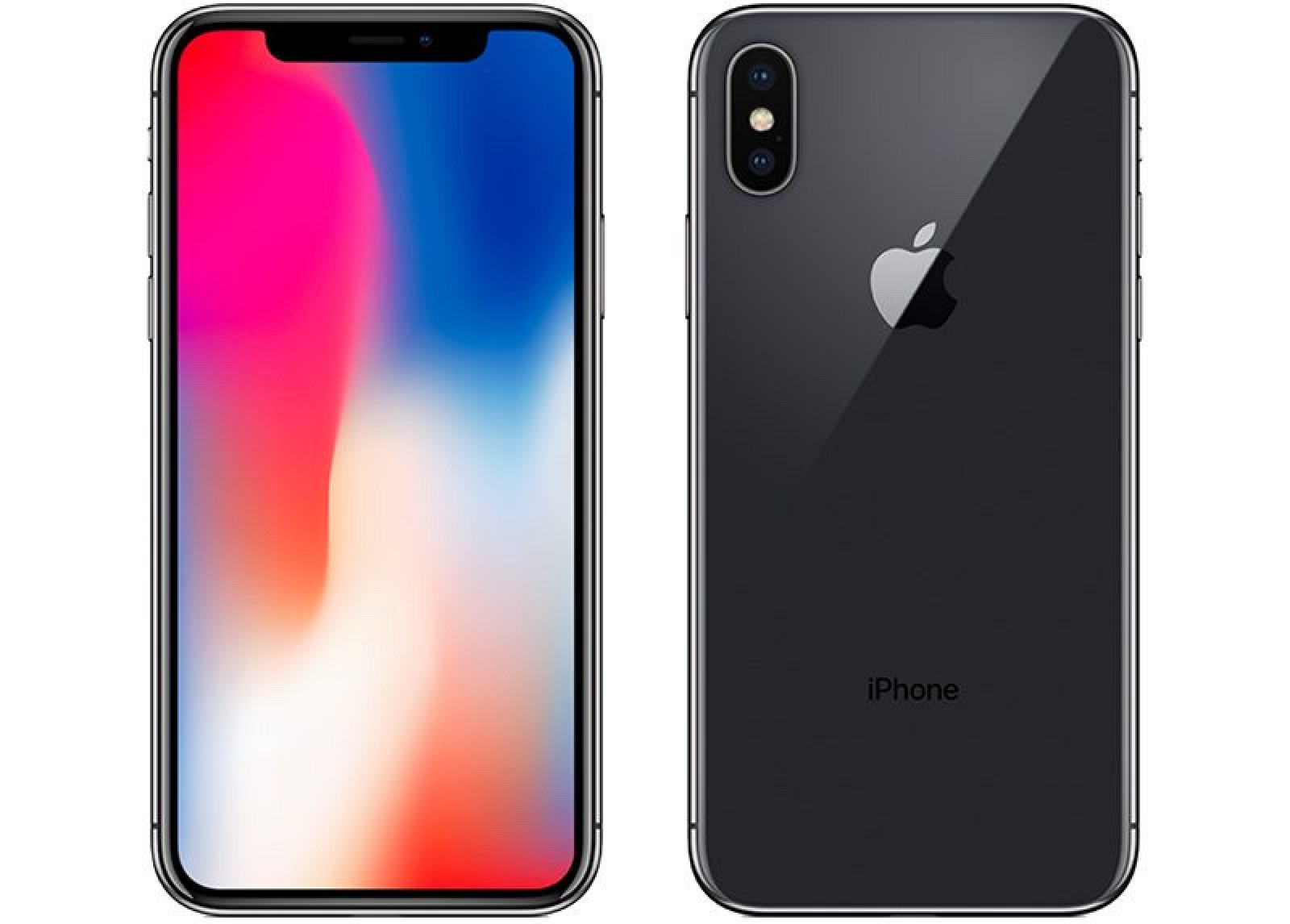 With the elimination of the bezels, Apple has been able to pack a 5.8-inch display into a body that's not much bigger than the iPhone 8. The iPhone X measures in at 143.6mm tall by 70.9mm wide, and it is 7.7mm thick.
With the elimination of the bezels, Apple has been able to pack a 5.8-inch display into a body that's not much bigger than the iPhone 8. The iPhone X measures in at 143.6mm tall by 70.9mm wide, and it is 7.7mm thick.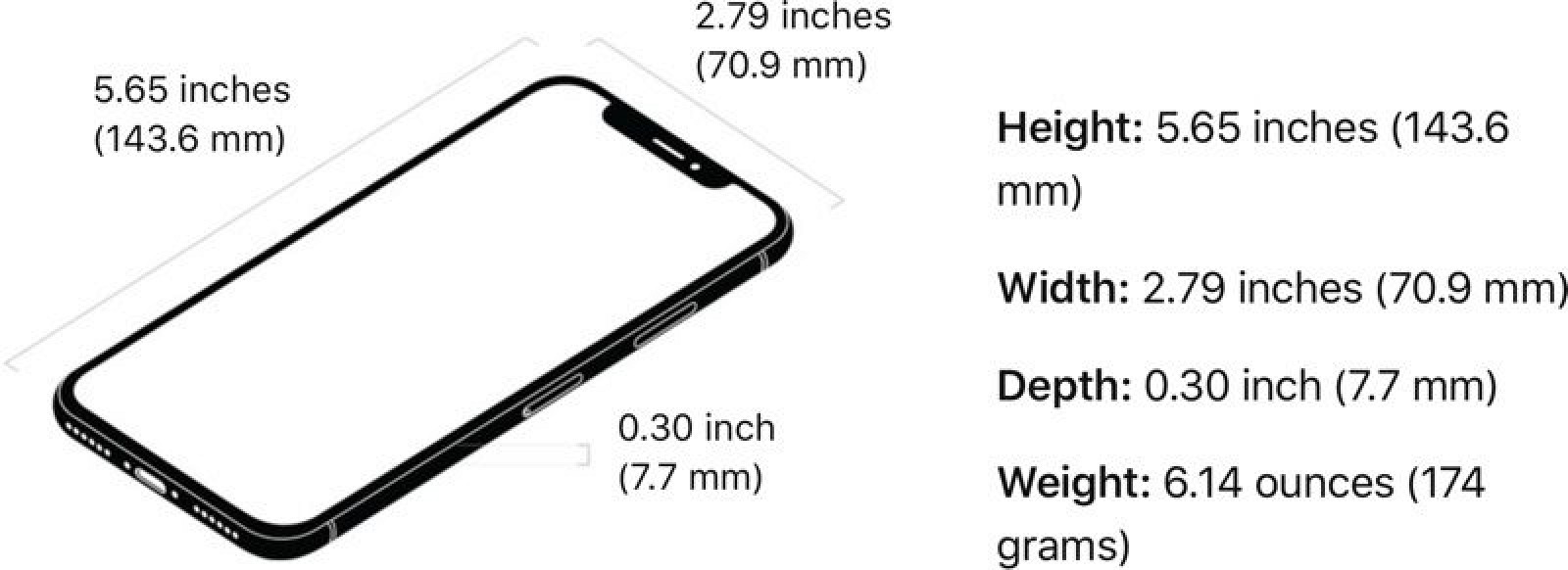 Comparatively, the iPhone 8 measures in at 138.4mm tall, 67.3mm wide, and 7.3mm thick, while the iPhone 8 Plus is 158.4mm tall, 78.1mm wide, and 7.5mm thick. As you can see, the iPhone X is larger than the iPhone 8, but smaller than the iPhone 8 Plus. It is, however, thicker than both devices, but is able to be comfortably held and used with one hand.The gently rounded edges of the iPhone X's display meld right into a surgical-grade highly-polished stainless steel frame, which in turn flows into a new glass body for a continuous surface from front to back.
Comparatively, the iPhone 8 measures in at 138.4mm tall, 67.3mm wide, and 7.3mm thick, while the iPhone 8 Plus is 158.4mm tall, 78.1mm wide, and 7.5mm thick. As you can see, the iPhone X is larger than the iPhone 8, but smaller than the iPhone 8 Plus. It is, however, thicker than both devices, but is able to be comfortably held and used with one hand.The gently rounded edges of the iPhone X's display meld right into a surgical-grade highly-polished stainless steel frame, which in turn flows into a new glass body for a continuous surface from front to back. Glass is more fragile than the aluminum that's been used for the last several iPhone models, but Apple says the front and back glass in the iPhone X is the most durable it's ever made. The iPhone 8 and 8 Plus are made from the same glass, though, and have been proven to be prone to shattering in drop tests. The iPhone X comes in Silver and Space Gray, with both colors offering an almost pearlescent finish thanks to a seven-layer ink process that has allowed Apple to introduce precise hues and opacity.
Glass is more fragile than the aluminum that's been used for the last several iPhone models, but Apple says the front and back glass in the iPhone X is the most durable it's ever made. The iPhone 8 and 8 Plus are made from the same glass, though, and have been proven to be prone to shattering in drop tests. The iPhone X comes in Silver and Space Gray, with both colors offering an almost pearlescent finish thanks to a seven-layer ink process that has allowed Apple to introduce precise hues and opacity. A reflective optical layer is added to the glass to enhance the two colors, and an oleophobic coating means smudges and fingerprints can be easily wiped away. The steel frame, designed to reinforce the iPhone X, is made from a special Apple-designed alloy that is more pure for better durability and on each device, the frame matches the body color. Nearly invisible antenna bands cut through the steel frame at the top and bottom of the device to ensure adequate signal.
A reflective optical layer is added to the glass to enhance the two colors, and an oleophobic coating means smudges and fingerprints can be easily wiped away. The steel frame, designed to reinforce the iPhone X, is made from a special Apple-designed alloy that is more pure for better durability and on each device, the frame matches the body color. Nearly invisible antenna bands cut through the steel frame at the top and bottom of the device to ensure adequate signal. The left side of the device houses the standard mute switch and volume buttons, while the right side features an elongated side button that has new functionality to compensate for the removal of the Home button.
The left side of the device houses the standard mute switch and volume buttons, while the right side features an elongated side button that has new functionality to compensate for the removal of the Home button. At the back of the iPhone X, there's a dual-lens rear camera arranged in a vertical orientation, a first in an iPhone. The camera continues to protrude slightly from the body of the device, and between the two lenses, there's a quad-LED flash and a microphone.The bottom of the device features a traditional Lightning port for charging purposes along with six speaker holes located on either side of it.
At the back of the iPhone X, there's a dual-lens rear camera arranged in a vertical orientation, a first in an iPhone. The camera continues to protrude slightly from the body of the device, and between the two lenses, there's a quad-LED flash and a microphone.The bottom of the device features a traditional Lightning port for charging purposes along with six speaker holes located on either side of it.WATER AND DUST RESISTANCE
The iPhone X is IP67 water and dust resistant. That means it is impervious to dust and can withstand immersion in water up to one meter (3.3 feet) deep for 30 minutes in laboratory conditions.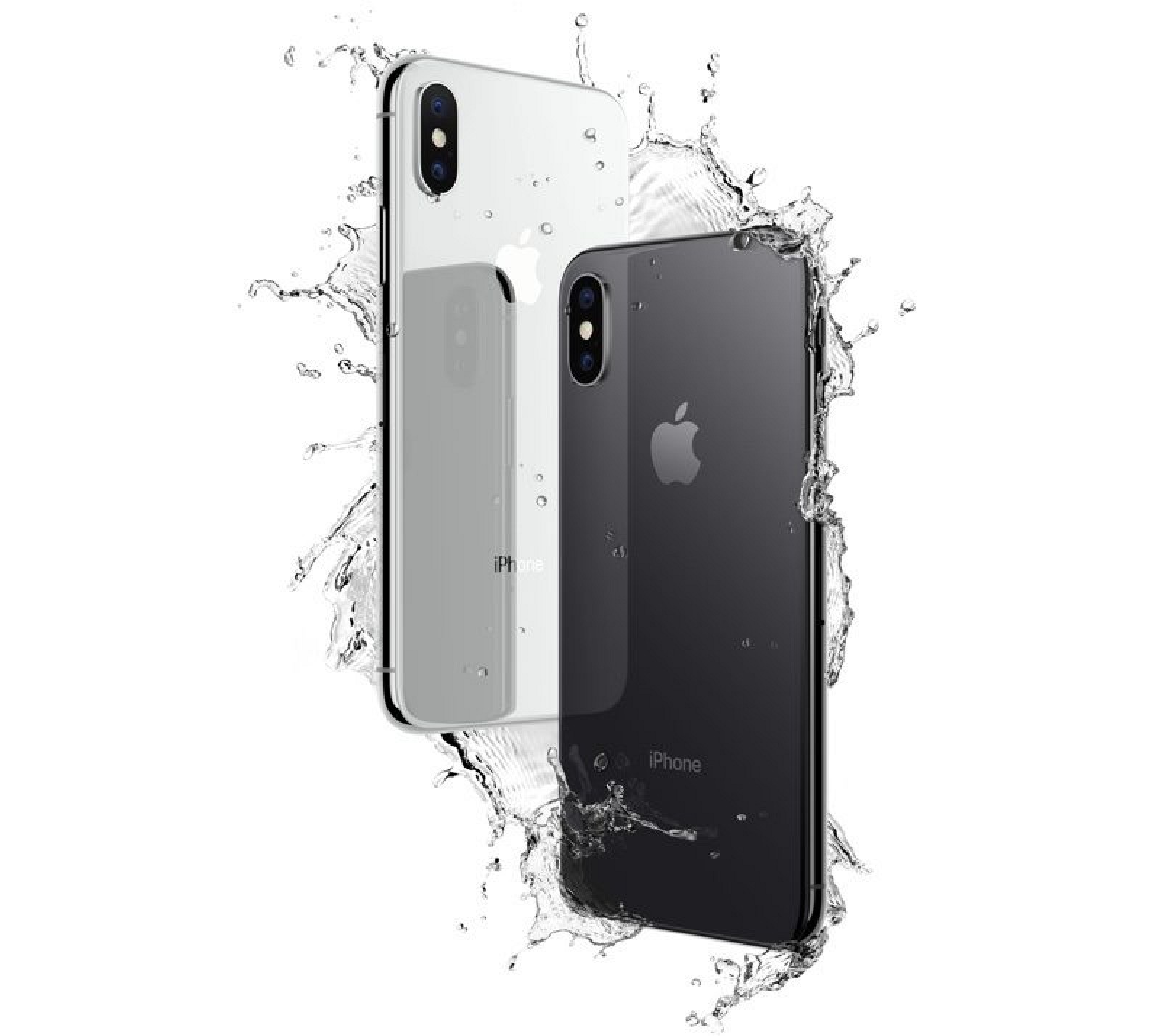 Though the iPhone X stands up to splashes, rain, and brief accidental water exposure, intentional water exposure should be avoided. Apple warns that water and dust resistance are not permanent conditions and could decrease as a result of normal wear. Apple's warranty also does not cover any kind of water damage to iOS device, so it's best to use caution when exposing the iPhone X to liquids.
Though the iPhone X stands up to splashes, rain, and brief accidental water exposure, intentional water exposure should be avoided. Apple warns that water and dust resistance are not permanent conditions and could decrease as a result of normal wear. Apple's warranty also does not cover any kind of water damage to iOS device, so it's best to use caution when exposing the iPhone X to liquids.IOS 11 INTERFACE CHANGES
With no Home button, Apple has rethought the user interface on the iPhone X, and made improvements that it believes ultimately result in a more intuitive usage experience.Unlocking the iPhone X is done with a new Face ID facial recognition system, and to get to the Home screen, you simply swipe up from the bottom of the device. A swipe upwards to go back to the Home screen works from within any app.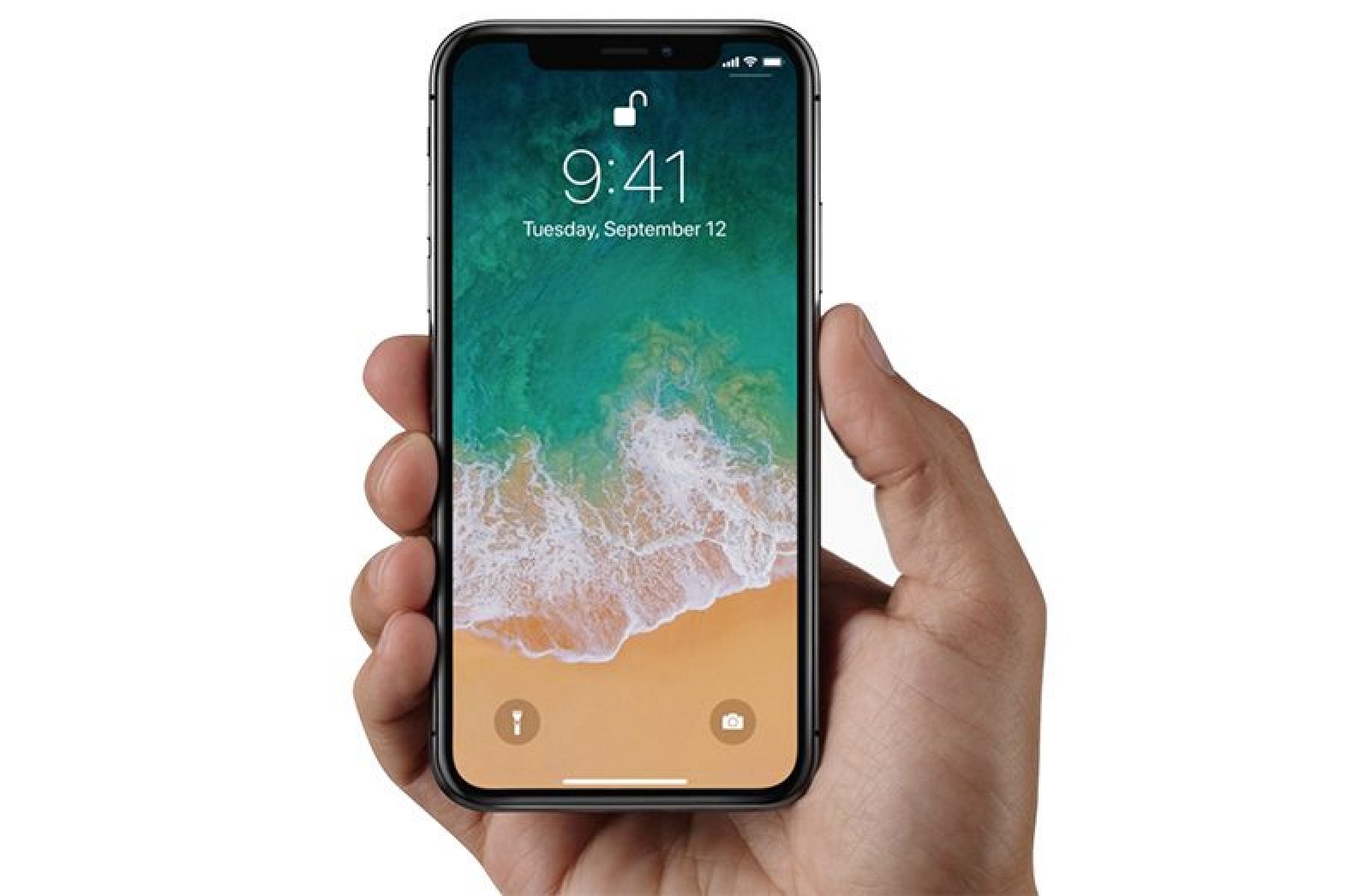 To get to the App Switcher, swipe upwards and then pause for a second. With the App Switcher, you can switch between apps. You can also swipe on the left and the right of the display to flip between open apps for quick back and forth actions.
To get to the App Switcher, swipe upwards and then pause for a second. With the App Switcher, you can switch between apps. You can also swipe on the left and the right of the display to flip between open apps for quick back and forth actions.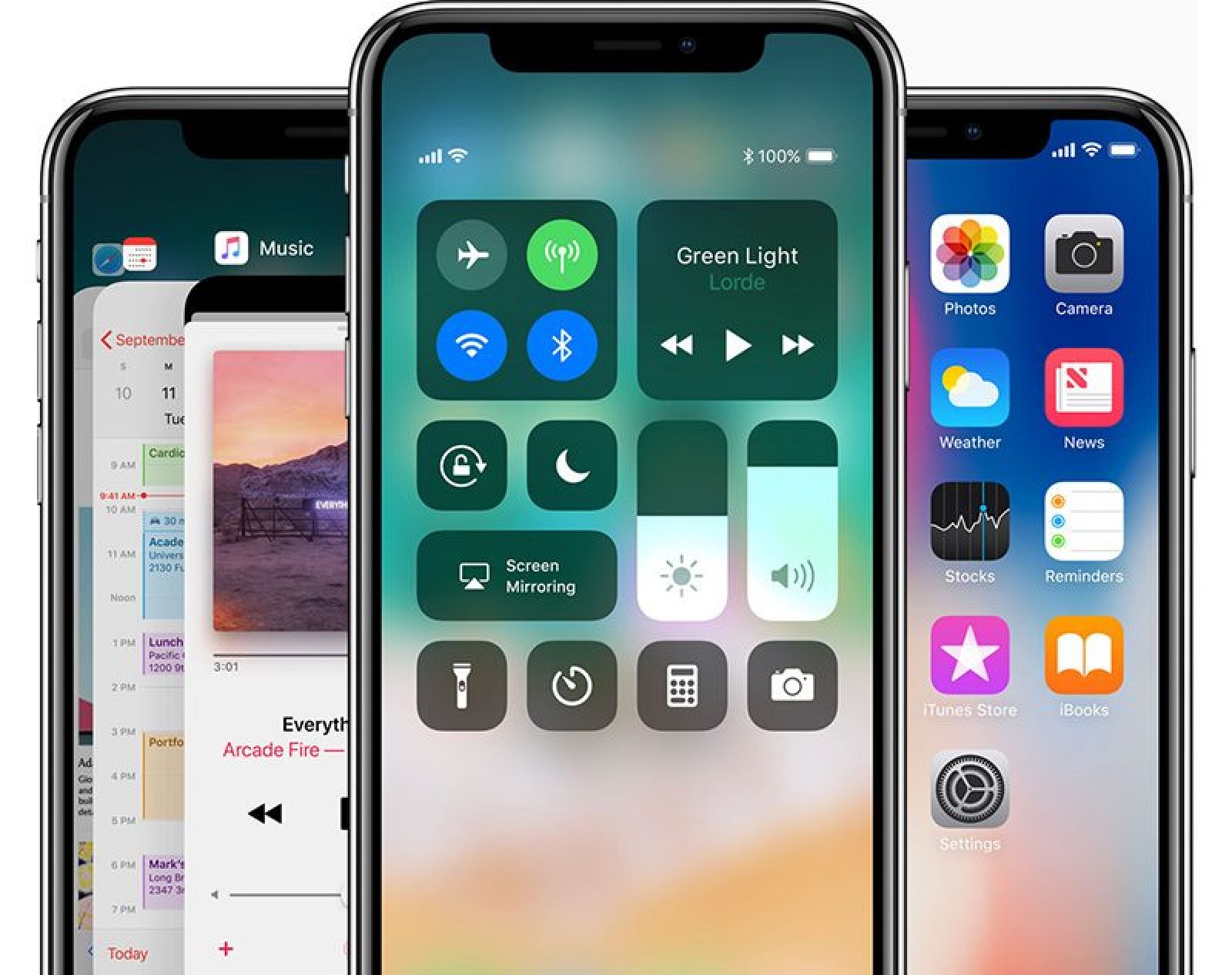 At the top of the display, the status bar that displays time, cellular signal, and battery life is split and displayed on either side of the device notch. Swiping downwards from either side of the status bar opens up Control Center.The notch at the top of the display is the most jarring change to the interface, as it is always visible needs to be accounted for in app designs. Apple is not allowing app developers to conceal the notch with black bars, and developers must design around a safe area on the display to avoid content clipping and interfering with navigation gestures.
At the top of the display, the status bar that displays time, cellular signal, and battery life is split and displayed on either side of the device notch. Swiping downwards from either side of the status bar opens up Control Center.The notch at the top of the display is the most jarring change to the interface, as it is always visible needs to be accounted for in app designs. Apple is not allowing app developers to conceal the notch with black bars, and developers must design around a safe area on the display to avoid content clipping and interfering with navigation gestures.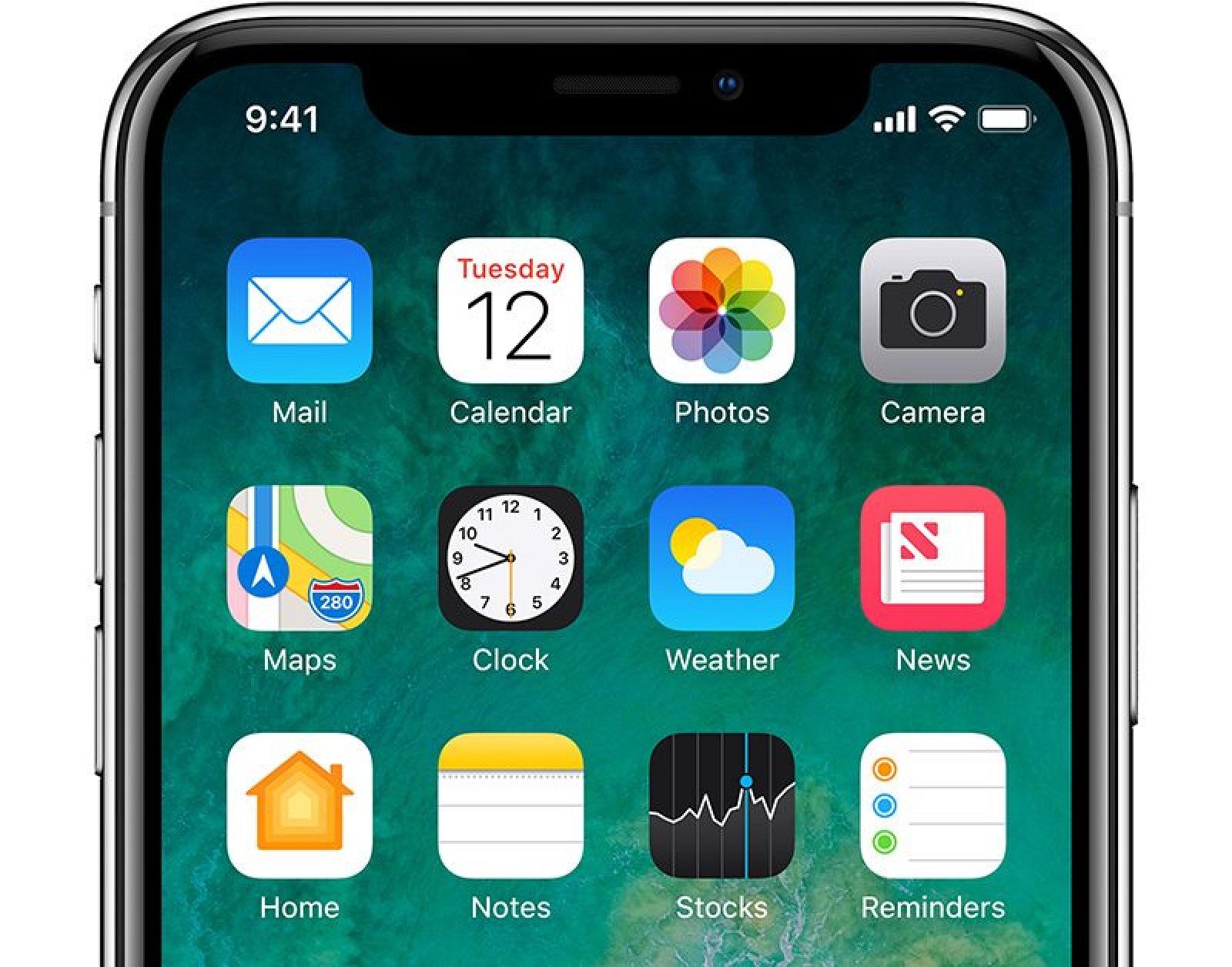 In landscape mode, the display notch is visible on the left side of the device and is likely to be a distraction until users adjust to the new design. No content is obscured, with Apple using bars in situations like watching videos or viewing webpages in Safari. Photos, videos, and games can all be viewed full screen, though, with the notch cutting into some content in those situations.
In landscape mode, the display notch is visible on the left side of the device and is likely to be a distraction until users adjust to the new design. No content is obscured, with Apple using bars in situations like watching videos or viewing webpages in Safari. Photos, videos, and games can all be viewed full screen, though, with the notch cutting into some content in those situations.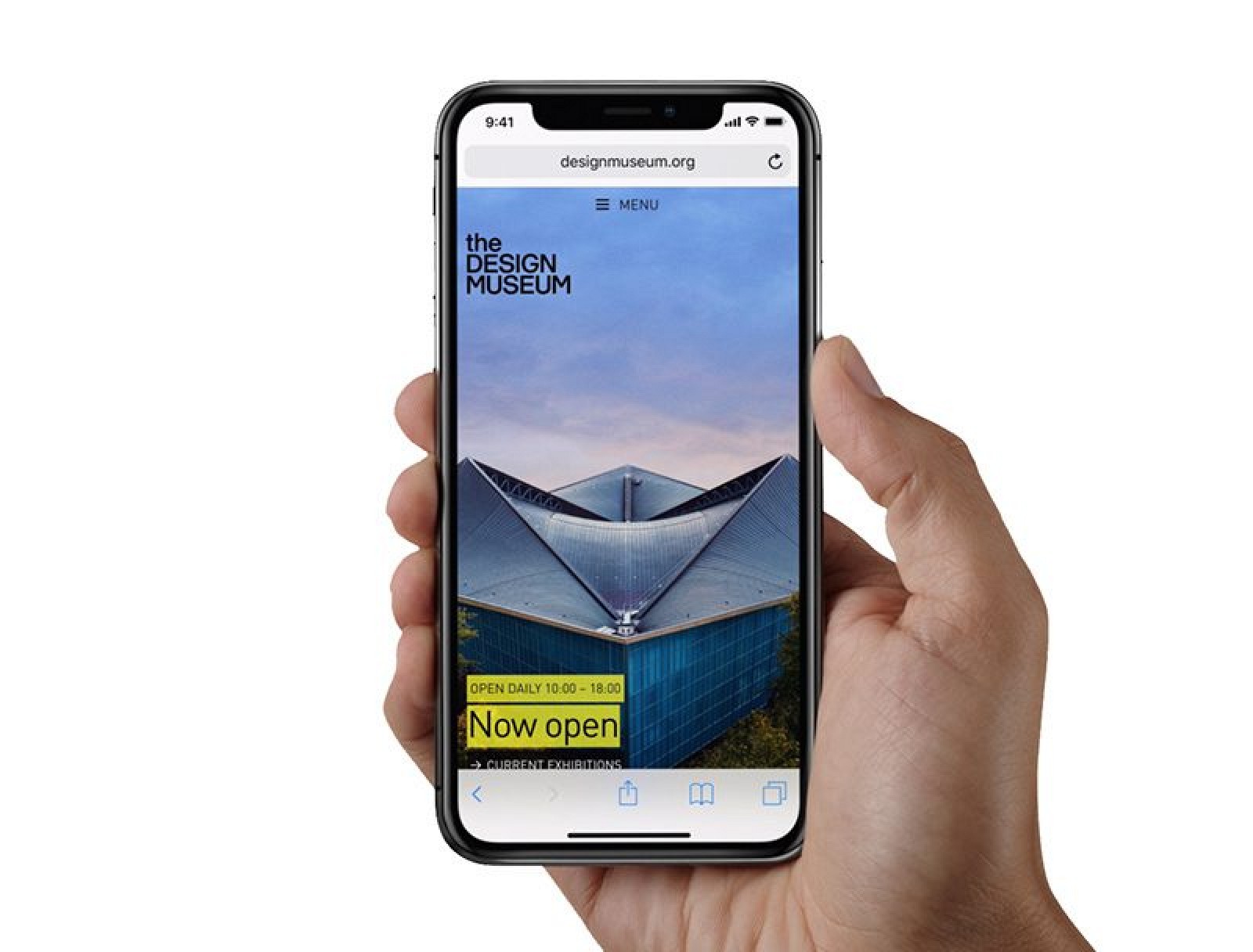 Without a Home button, the side button on the iPhone X does a lot more. Holding down on the button activates Siri, while pressing the side button and the volume up button takes a screenshot. Apple Pay purchases are now confirmed with a double click on the side button.
Without a Home button, the side button on the iPhone X does a lot more. Holding down on the button activates Siri, while pressing the side button and the volume up button takes a screenshot. Apple Pay purchases are now confirmed with a double click on the side button.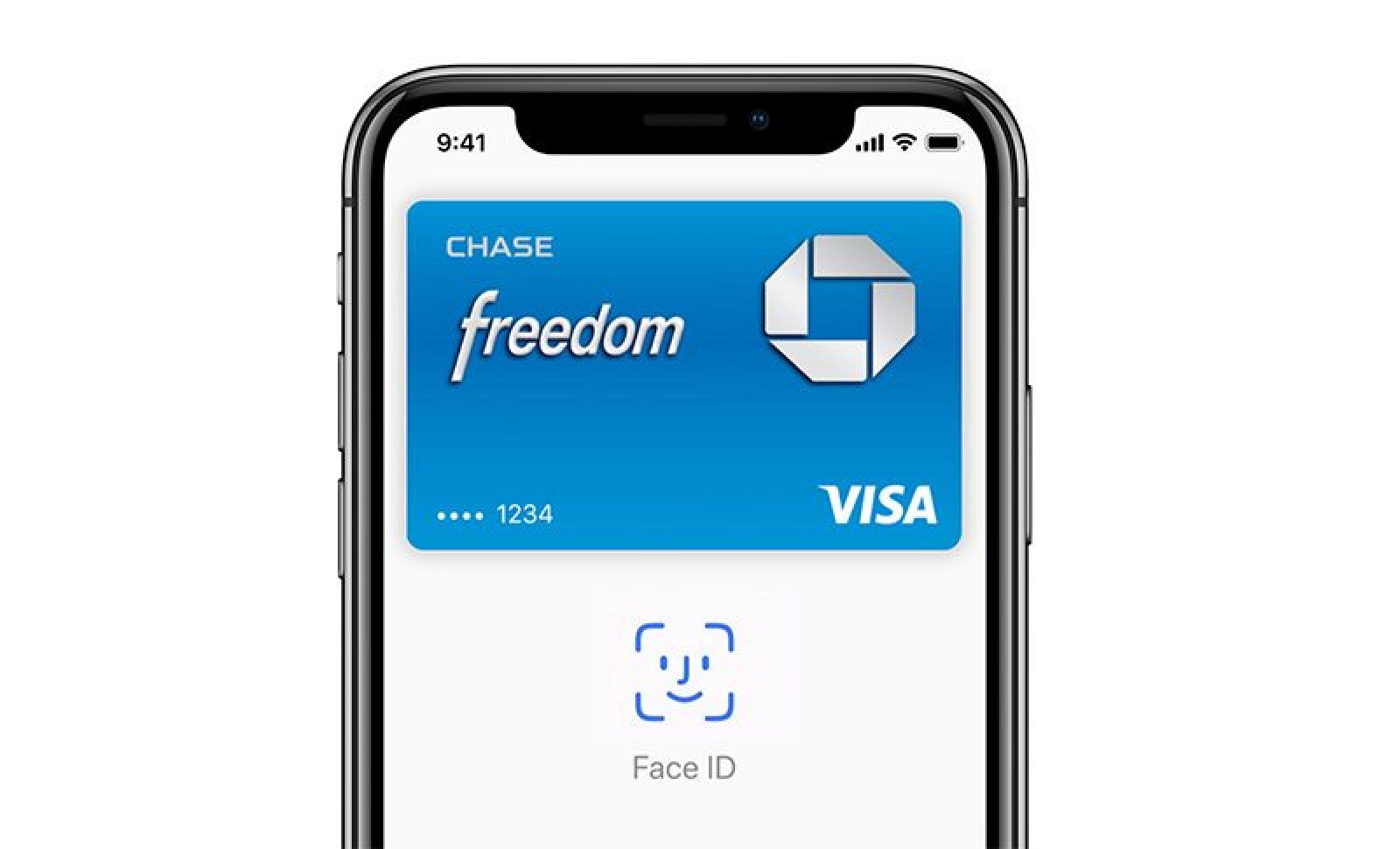 To activate the display, you can use the side button, the Raise to Wake feature, or a new "Tap to Wake" feature that turns on the iPhone's screen when you tap it with a finger.
To activate the display, you can use the side button, the Raise to Wake feature, or a new "Tap to Wake" feature that turns on the iPhone's screen when you tap it with a finger.Display
The "Super Retina" display in the iPhone X is the first high dynamic range (HDR) OLED display Apple has incorporated into an iPhone. OLED brings vivid, more true-to-life colors, deep blacks, and a 1,000,000 to 1 contrast ratio. OLED displays traditionally come with tradeoffs like lower brightness, poor color accuracy, and no wide color support, but Apple says has overcome those issues with a "breakthrough" display that features unparalleled quality, responsiveness, and efficiency with support for Dolby Vision, HDR10, wide color gamut, and advanced color management techniques for what Apple says is the best color accuracy "in the industry."
OLED displays traditionally come with tradeoffs like lower brightness, poor color accuracy, and no wide color support, but Apple says has overcome those issues with a "breakthrough" display that features unparalleled quality, responsiveness, and efficiency with support for Dolby Vision, HDR10, wide color gamut, and advanced color management techniques for what Apple says is the best color accuracy "in the industry." The Super Retina display features a 2436 x 1125 resolution with 458 pixels per inch, the highest resolution and pixel density Apple has introduced in an iPhone. It offers True Tone technology, which uses an ambient light sensor to adjust the white balance of the display to match the ambient lighting in a room. This reduces eyestrain and makes for a more paper-like reading experience.
The Super Retina display features a 2436 x 1125 resolution with 458 pixels per inch, the highest resolution and pixel density Apple has introduced in an iPhone. It offers True Tone technology, which uses an ambient light sensor to adjust the white balance of the display to match the ambient lighting in a room. This reduces eyestrain and makes for a more paper-like reading experience.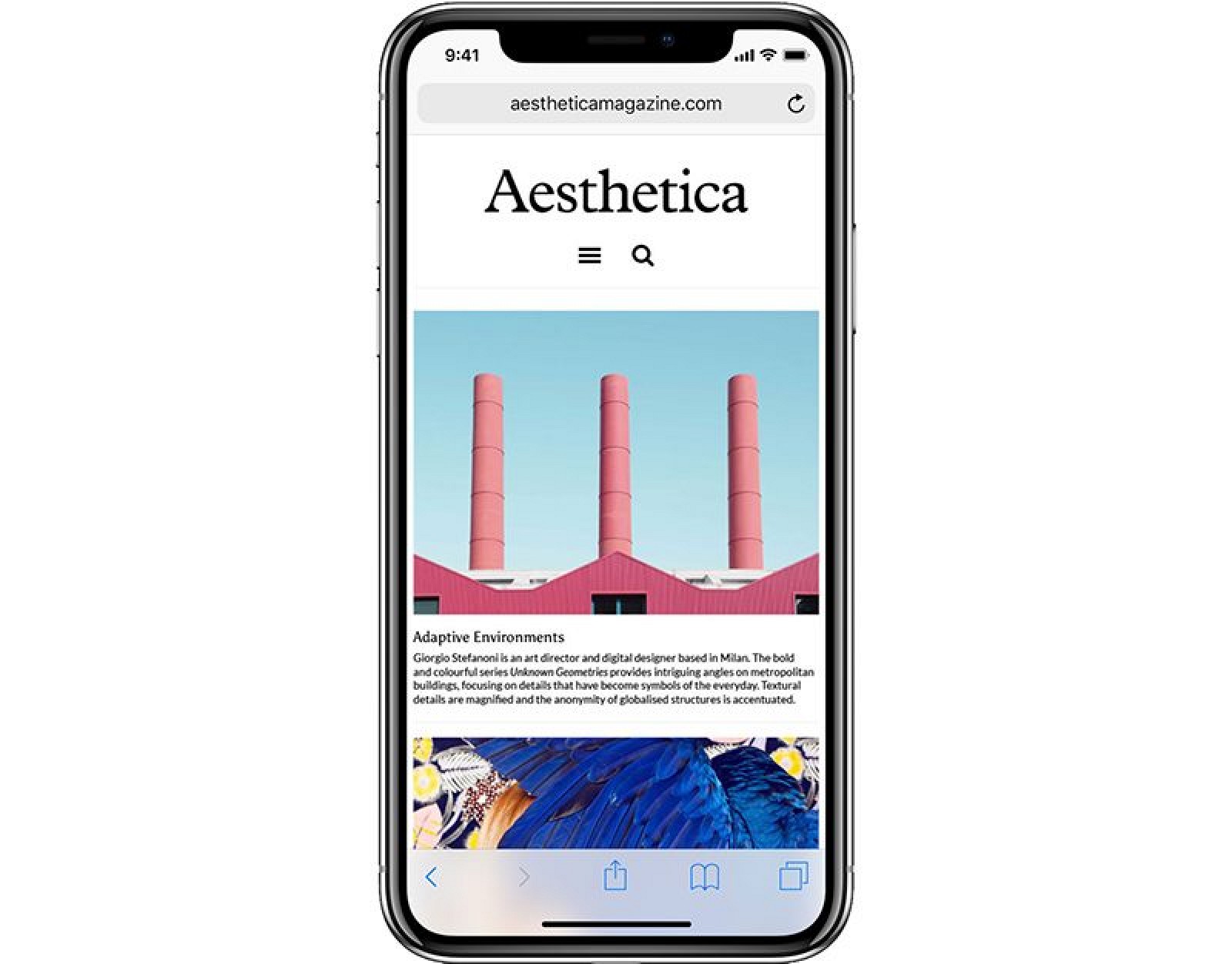 At the edges of the device where the display folds into the rounded corners, Apple says it uses folded and circuit stacking technology along with subpixel anti-aliasing for smooth, distortion-free edges.
At the edges of the device where the display folds into the rounded corners, Apple says it uses folded and circuit stacking technology along with subpixel anti-aliasing for smooth, distortion-free edges.3D TOUCH AND TAPTIC ENGINE
Though it has a new OLED display, the iPhone X continues to support 3D Touch gestures. 3D Touch is available throughout the iOS 11 operating system and is often used to display additional information with a single force press gesture.A Taptic Engine continues to provide tactile feedback in the form of vibrations when users interact with the display.Face ID
Face ID is a new facial recognition system that replaces the Touch ID fingerprint sensor used for authentication purposes in earlier devices. In many ways, Face ID is just like Touch ID, except it uses a facial scan instead of a fingerprint. It does all of the same things, like unlocking your iPhone, allowing access to third-party passcode-protected apps, confirming purchases, and authenticating Apple Pay payments. Face ID uses a set of sensors and cameras built into the front of the iPhone X, and Apple calls this multi-component setup its TrueDepth camera. To create a scan of your face, a Dot Projector projects more than 30,000 invisible infrared dots onto your face. The dot map is read by an infrared camera and the structure of your face is relayed to the A11 Bionic processor in the device where it is transformed into a mathematical model.
Face ID uses a set of sensors and cameras built into the front of the iPhone X, and Apple calls this multi-component setup its TrueDepth camera. To create a scan of your face, a Dot Projector projects more than 30,000 invisible infrared dots onto your face. The dot map is read by an infrared camera and the structure of your face is relayed to the A11 Bionic processor in the device where it is transformed into a mathematical model. When you get a new iPhone X, Face ID is part of the setup process, much like Touch ID was. Instead of adding a fingerprint to the device, though, you'll use Apple's tutorial to create a quick 3D face scan that's converted into a series of data points. As with your stored fingerprint, the data from your stored face scan is compared to the data from a new face scan each time you use biometric authentication.
When you get a new iPhone X, Face ID is part of the setup process, much like Touch ID was. Instead of adding a fingerprint to the device, though, you'll use Apple's tutorial to create a quick 3D face scan that's converted into a series of data points. As with your stored fingerprint, the data from your stored face scan is compared to the data from a new face scan each time you use biometric authentication. It takes just fractions of a second for the iPhone X to scan your face, recognize you, and unlock your device.
It takes just fractions of a second for the iPhone X to scan your face, recognize you, and unlock your device.FACE ID SECURITY AND PRIVACY
Because Face ID takes a detailed 3D facial scan, it's unable to be fooled by a photo, a mask, or other facial imitation, and there's also an "attention aware" security feature. Face ID only unlocks your device when you look in the direction of the iPhone X with your eyes open, meaning Face ID knows not to work unless there's a live person in front of it.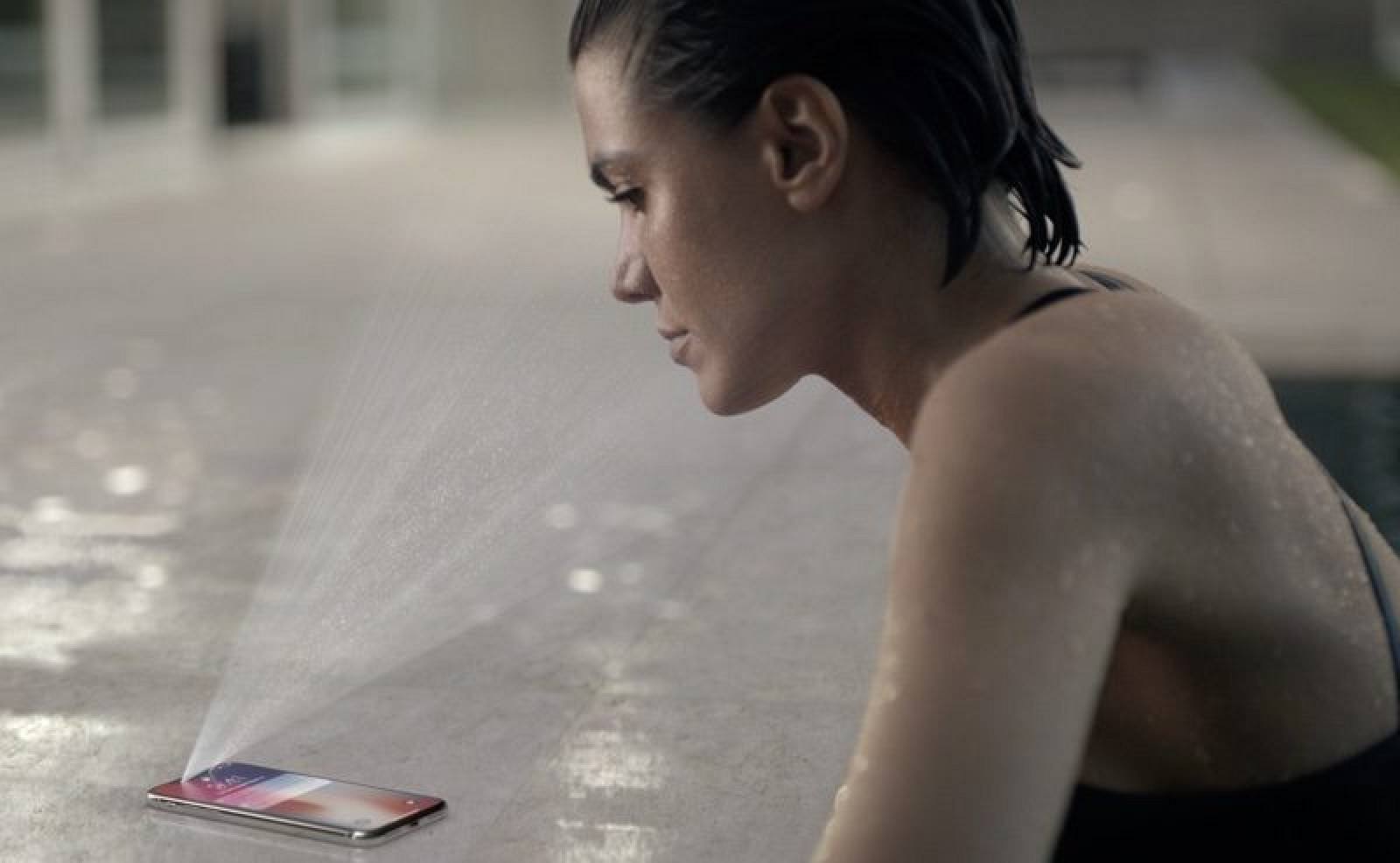 Face ID won't work when your eyes are closed, when you're sleeping, when you're unconscious, or when you're looking away from your phone.Attention aware is optional and there is an accessibility feature to turn it off for those who are unable to focus on the iPhone's screen, but most people will want to leave it turned on for the added layer of security.If a thief demands your iPhone, Face ID can be disabled quickly and discretely by pressing on the side button and the volume button at the same time. Do this before handing your phone over, and a thief won't be able to scan your face. Face ID also turns off after two failed facial recognition attempts and a passcode needs to be entered for it to be turned back on.Face ID is encrypted and stored in the Secure Enclave on the iPhone X. Apple can't access your Face ID data, nor can anyone who gets ahold of your phone. Authentication happens entirely on your device, with no Face ID data ever stored in the cloud or uploaded to Apple.
Face ID won't work when your eyes are closed, when you're sleeping, when you're unconscious, or when you're looking away from your phone.Attention aware is optional and there is an accessibility feature to turn it off for those who are unable to focus on the iPhone's screen, but most people will want to leave it turned on for the added layer of security.If a thief demands your iPhone, Face ID can be disabled quickly and discretely by pressing on the side button and the volume button at the same time. Do this before handing your phone over, and a thief won't be able to scan your face. Face ID also turns off after two failed facial recognition attempts and a passcode needs to be entered for it to be turned back on.Face ID is encrypted and stored in the Secure Enclave on the iPhone X. Apple can't access your Face ID data, nor can anyone who gets ahold of your phone. Authentication happens entirely on your device, with no Face ID data ever stored in the cloud or uploaded to Apple. Apple says Face ID is more secure than Touch ID because there's less chance of a mismatch. There's a 1 in 50,000 chance someone else can unlock your iPhone with their fingerprint, but a 1 in 1,000,000 chance someone else's face can fool Face ID. For identical twins, though, the error rate increases.
Apple says Face ID is more secure than Touch ID because there's less chance of a mismatch. There's a 1 in 50,000 chance someone else can unlock your iPhone with their fingerprint, but a 1 in 1,000,000 chance someone else's face can fool Face ID. For identical twins, though, the error rate increases.FACE ID IN THE DARK
Because Face ID uses infrared, it works in low light and in the dark. Apple has built a Flood Illuminator into the TrueDepth camera to make sure there's always adequate infrared light to take a scan of your face.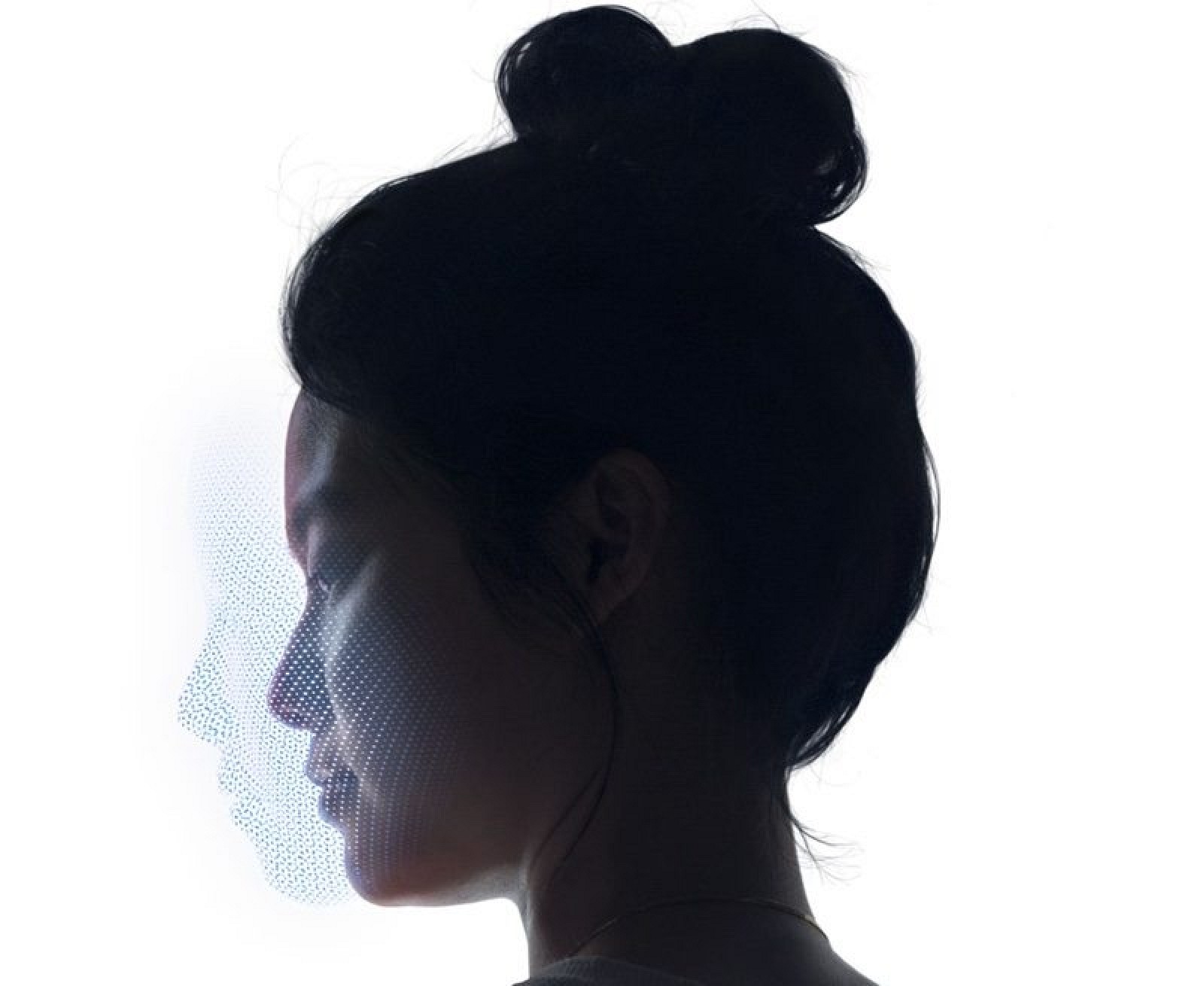 You don't need to hold your iPhone right in front of your face for Face ID to work. It can work from multiple angles so you can hold it at a comfortable position as you might when just casually looking at the screen. It won't unlock in your pocket like it does with Touch ID, but as soon as you take it out and go to look at the screen, it's ready to go.
You don't need to hold your iPhone right in front of your face for Face ID to work. It can work from multiple angles so you can hold it at a comfortable position as you might when just casually looking at the screen. It won't unlock in your pocket like it does with Touch ID, but as soon as you take it out and go to look at the screen, it's ready to go.FACE ID WITH HATS AND SUNGLASSES
Face ID works with hats, beards, glasses, sunglasses, scarves, makeup and all other accessories and items that might partially obscure a face. Face ID needs to see your eyes, nose, and mouth to work, though, so things like the surgical masks doctors wear prevent Face ID from working.When it comes to sunglasses, Face ID works with most sunglasses, with the exception of some that may have a coating that blocks infrared light. All of Face ID's facial recognition capabilities are powered by a two-core neural engine built into the A11 Bionic chip, which uses machine learning to detect your face and recognize changes in your appearance, like longer hair, beard growth, or a hat.
All of Face ID's facial recognition capabilities are powered by a two-core neural engine built into the A11 Bionic chip, which uses machine learning to detect your face and recognize changes in your appearance, like longer hair, beard growth, or a hat.
Comments
Post a Comment